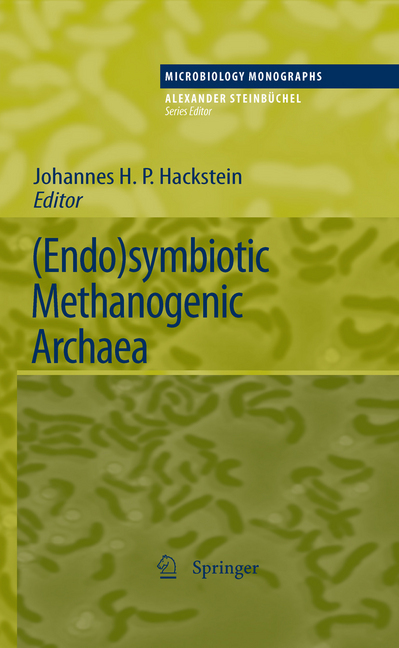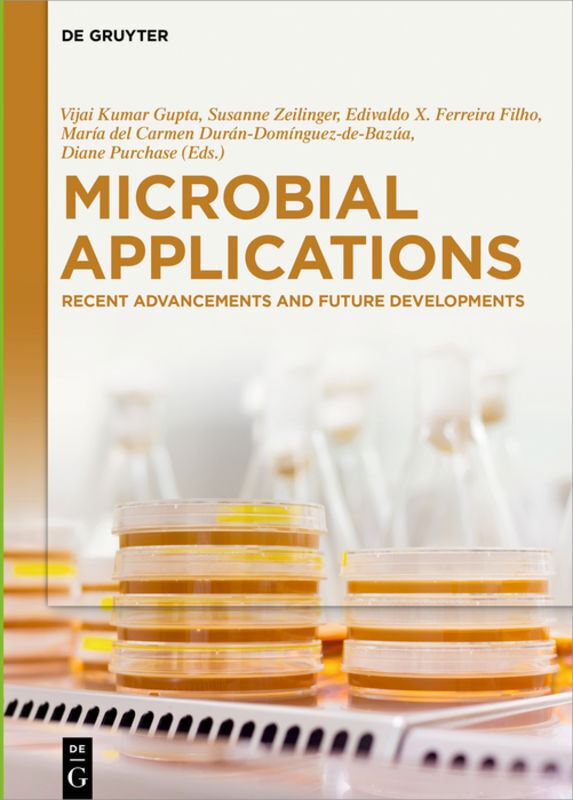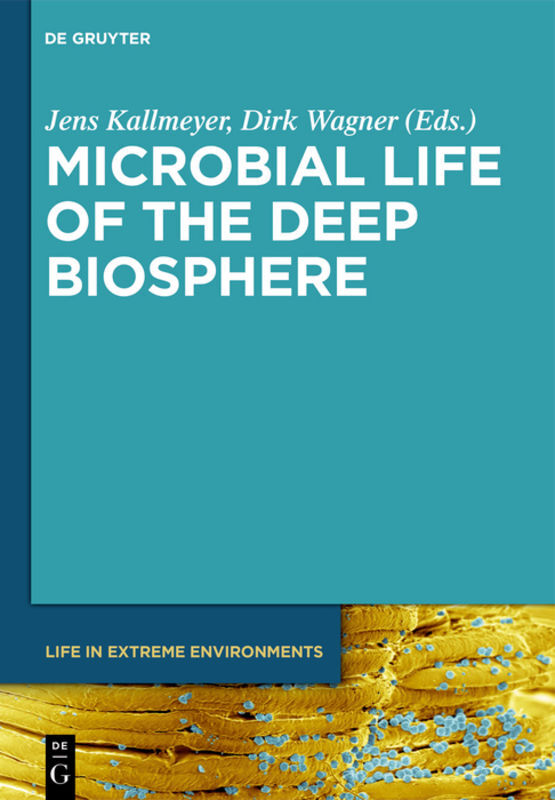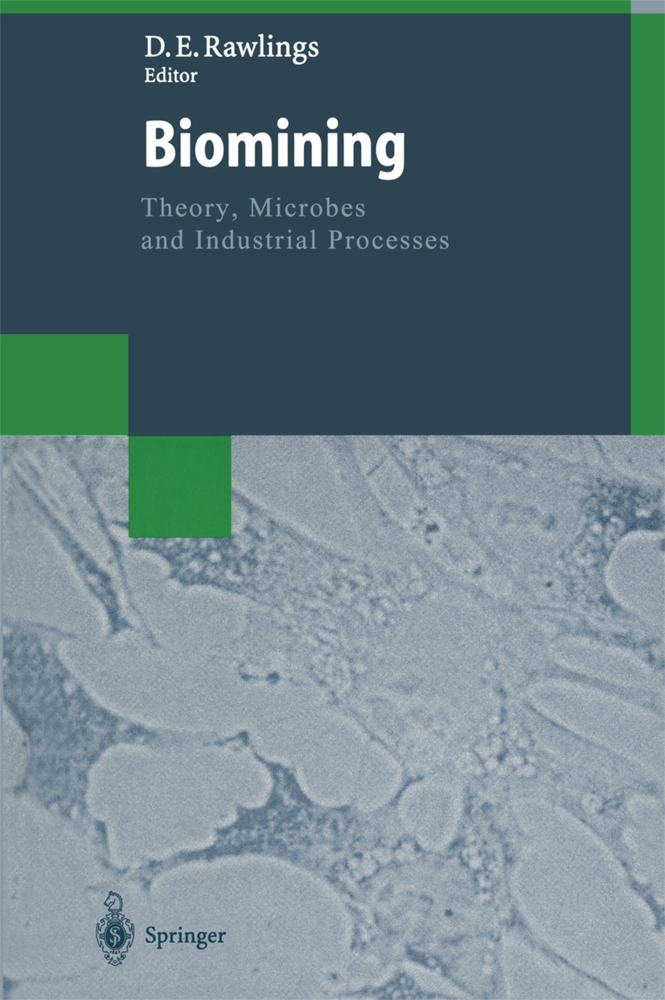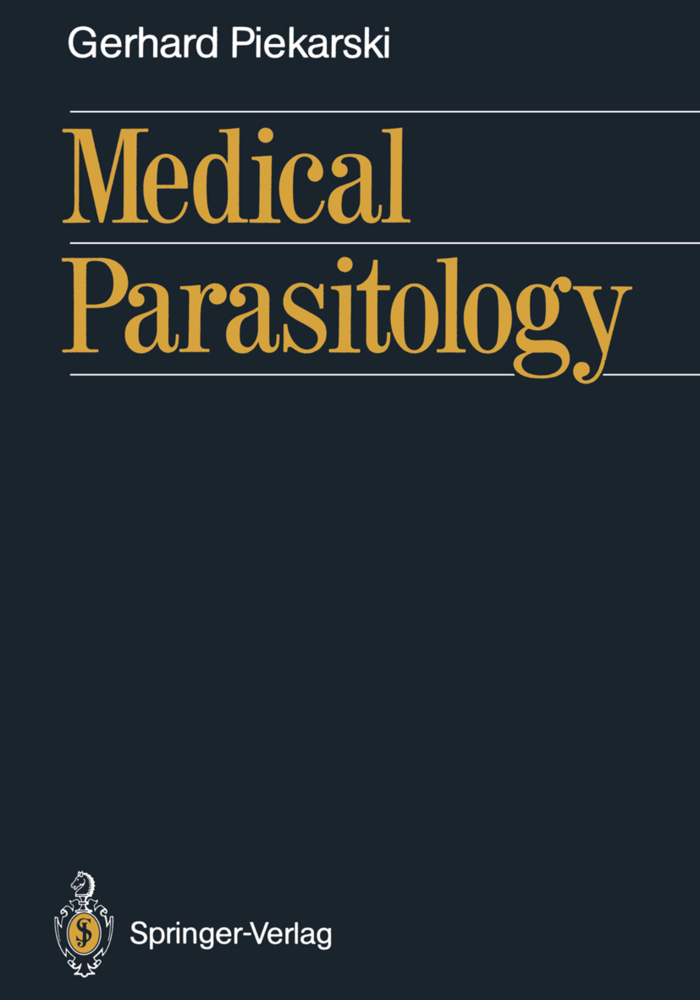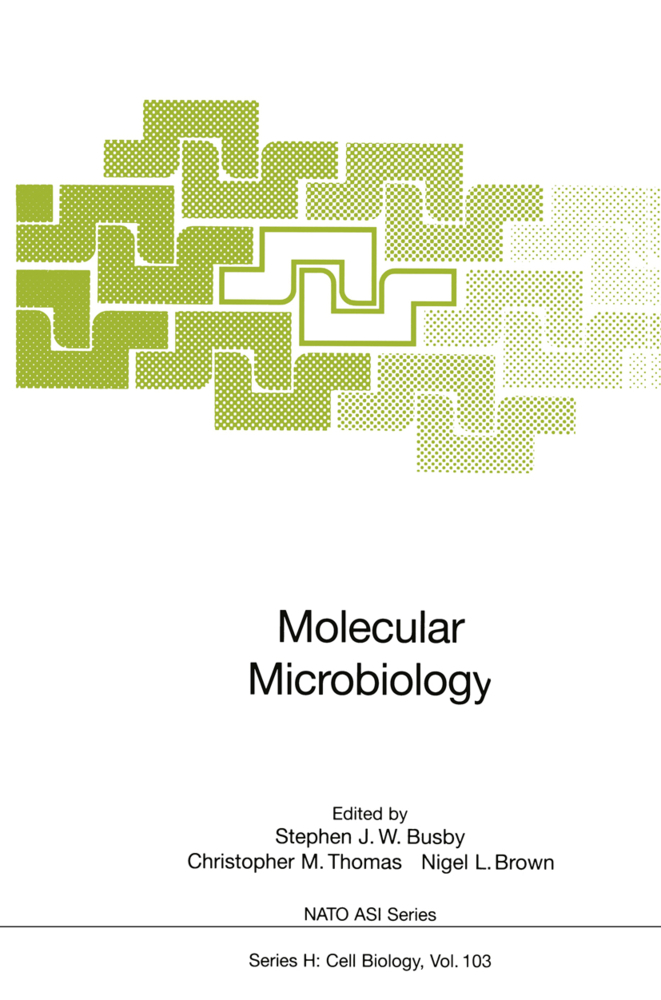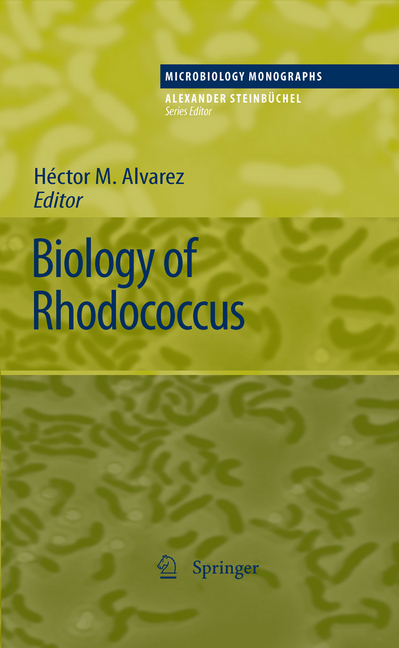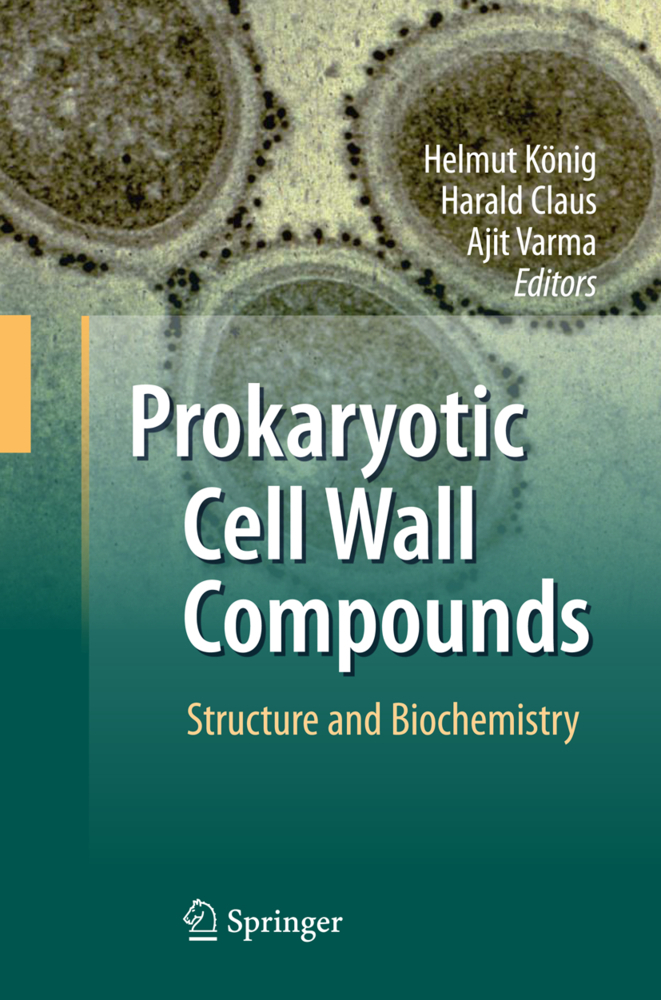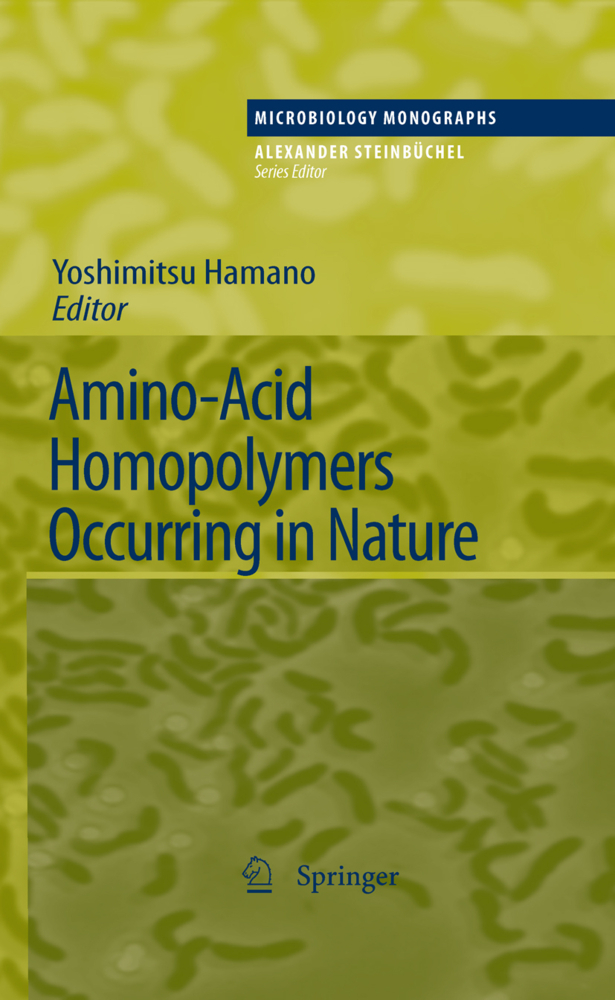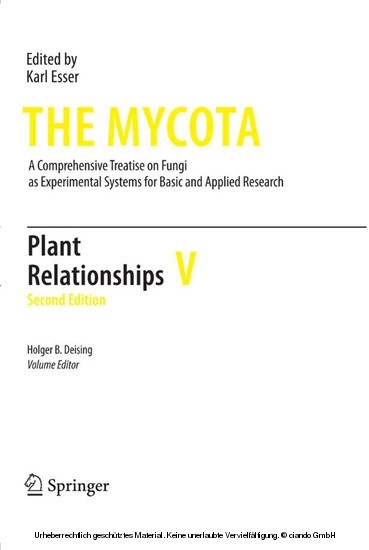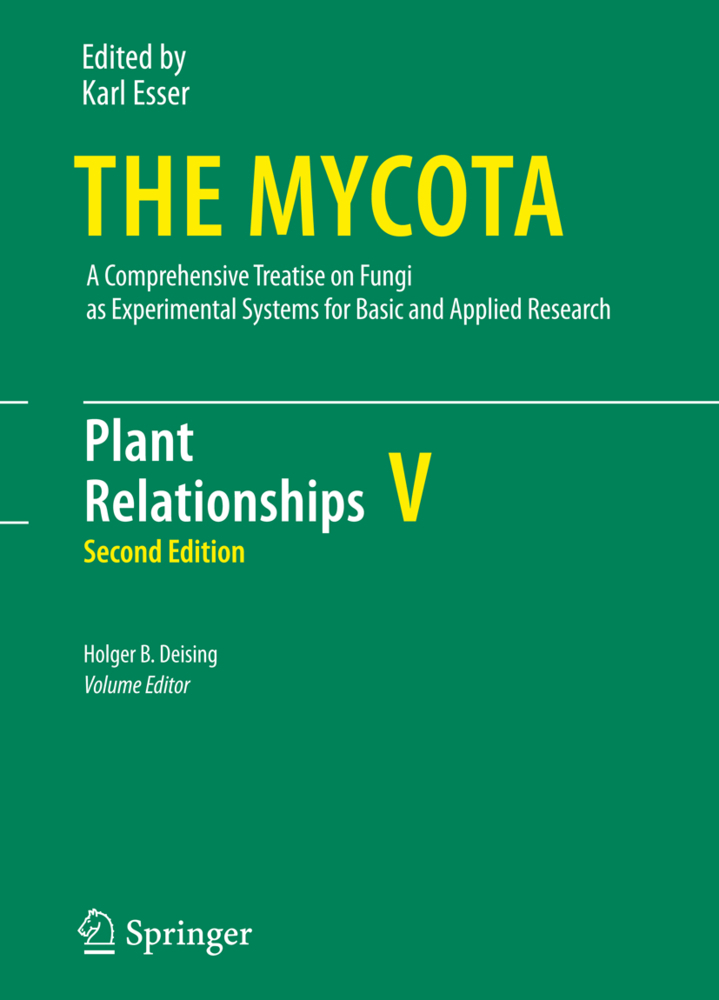Methanogens are prokaryotic microorganisms that produce methane as an end-product of a complex biochemical pathway. They are strictly anaerobic archaea and occupy a wide variety of anoxic environments. Methanogens also thrive in the cytoplasm of anaerobic unicellular eukaryotes and in the gastrointestinal tracts of animals and humans. The symbiotic methanogens in the gastrointestinal tracts of ruminants and other 'methanogenic' mammals contribute significantly to the global methane budget. This monograph deals with methanogenic endosymbionts of anaerobic protists, in particular ciliates and termite flagellates, and with methanogens in the gastrointestinal tracts of vertebrates and arthropods. Further reviews discuss the genomic consequences of living together in symbiotic associations, the role of methanogens in syntrophic degradation, and the function and evolution of hydrogenosomes, hydrogen-producing organelles of certain anaerobic protists.
1;Preface;6 1.1;References;8 2;Contents;10 3;Contributors;12 4;Free-Living Protozoa with Endosymbiotic Methanogens;16 4.1;1 Discovery;17 4.2;2 Distribution;18 4.3;3 Morphology and Life Cycles;20 4.4;4 Significance of the Association;20 4.5;5 Intracellular H2-Tension and Methanogens;22 4.6;6 Symbiotic Consortia as Natural Chemostats;23 4.7;7 The Role of Symbiotic Methanogenesis in Natural Habitats;23 4.8;References;24 5;Anaerobic Ciliates and Their Methanogenic Endosymbionts;27 5.1;1 Introduction;28 5.2;2 Methanogenic Endosymbionts Are Transmitted Vertically;29 5.3;3 Studies of the SSU rRNA Genes of Host and Symbiont;29 5.4;4 Endosymbiont Replacements;32 5.5;References;35 6;Symbiotic Methanogens and Rumen Ciliates;38 6.1;1 The Rumen and Ciliated Protozoa;39 6.2;2 Methanogens Associated with Rumen Ciliates;40 6.3;3 Detection of Methanogens Associated with Ciliates;40 6.4;4 The Effect of Ciliated Protozoa on the Composition of Methanogenic Archaea in the Rumen;44 6.5;References;46 7;The Methanogenic and Eubacterial Endosymbionts of Trimyema;48 7.1;1 Monoxenic and Axenic Cultures of Trimyema;49 7.2;2 Metabolic Features of Trimyema;52 7.3;3 Methanogenic Symbionts;55 7.4;4 Bacterial Symbionts;59 7.5;5 Perspectives;63 7.6;References;63 8;Termite Gut Flagellates and Their Methanogenic and Eubacterial Symbionts;67 8.1;1 Introduction;68 8.2;2 Methanogenic Endosymbionts of Termite Gut Flagellates;71 8.2.1;2.1 Phylogeny of Endosymbiotic Methanogens;71 8.2.2;2.2 Predicted Functions of Endosymbiotic Methanogens;73 8.3;3 Eubacterial Symbionts of Termite Gut Flagellates;77 8.3.1;3.1 Phylogeny of Ectosymbiotic Eubacteria;77 8.3.2;3.2 Phylogeny of Endosymbiotic Eubacteria;79 8.3.3;3.3 Predicted Functions of Eubacterial Symbionts;82 8.4;4 Genomics of Endosymbionts;83 8.5;5 Concluding Remarks and Future Perspectives;84 8.6;References;86 9;Methanogens in the Digestive Tract of Termites;92 9.1;1 Introduction;93 9.2;2 Methane as a Product of Symbiotic Digestion;94 9.3;3 Diversity of Methanogens in Termite Guts;96 9.4;4 Differences in Methanogenic Activities and Populations;99 9.5;5 Coexistence with Homoacetogens;100 9.6;6 Association with Gut Flagellates;102 9.7;7 Intercompartmental Transfer of Hydrogen;103 9.8;8 Relationship to Oxygen;105 9.9;9 Termites as a Source of Atmospheric Methane;105 9.10;10 Conclusions;106 9.11;References;107 10;Methanogenic Archaea in Humans and Other Vertebrates;112 10.1;1 Objective and Scope;113 10.2;2 Methanogens in Humans;113 10.3;3 Methanogens in Nonhuman Vertebrates;114 10.4;4 Diversity of Methanogens in Vertebrates;118 10.5;5 Diversity at the Subspecies Level;120 10.6;6 Methanogens in Vertebrates and Atmospheric Methane;120 10.7;7 Conclusions;121 10.8;References;122 11;Methanogens in the Gastro-Intestinal Tract of Animals;125 11.1;1 Introduction;126 11.2;2 Vertebrates;126 11.3;3 Arthropods;134 11.4;4 Conclusions;148 11.5;References;148 12;Syntrophy in Methanogenic Degradation;153 12.1;1 Introduction;154 12.2;2 Syntrophic Culture Systems, Microbiology, Biochemistry, and Molecular Biology;158 12.2.1;2.1 Ethanol;158 12.2.2;2.2 Butyrate;160 12.2.3;2.3 Propionate;162 12.2.4;2.4 Acetate;166 12.2.5;2.5 Branched Fatty Acids;167 12.2.6;2.6 Benzoate;167 12.2.7;2.7 Sugars;168 12.2.8;2.8 Amino Acids;169 12.2.9;2.9 Carrier Systems;171 12.2.10;2.10 Alternative Substrates for Pure Cultures and Technical Systems to Replace Methanogens;172 12.2.11;2.11 Anaerobic Methane Oxidation;174 12.3;3 Spatial Organization of Syntrophic Communities;174 12.4;4 Concluding Remarks;175 12.5;References;176 13;Hydrogenosomes;184 13.1;1 Introduction;185 13.2;2 The Hydrogenosomes of the Trichomonadina;187 13.3;3 The Hydrogenosomes of T. pyriformis;190 13.4;4 The Hydrogenosomes of P. lanterna;191 13.5;5 The Hydrogenosomes/Mitochondrion-like Organelles (MLOs) of Blastocystis sp.;193 13.6;6 The Hydrogenosomes of Chytridiomycete Fungi;195 13.6.1;6.1 Mitochondria versus Hydrogenosomes;196 13.6.2;6.2 Chytrids Perform a ``Mixed Acid Fermentation´´;196 13.6.3
Hackstein, Johannes H. P.
| ISBN | 9783642136153 |
|---|---|
| Artikelnummer | 9783642136153 |
| Medientyp | E-Book - PDF |
| Auflage | 2. Aufl. |
| Copyrightjahr | 2010 |
| Verlag | Springer-Verlag |
| Umfang | 238 Seiten |
| Sprache | Englisch |
| Kopierschutz | Digitales Wasserzeichen |

